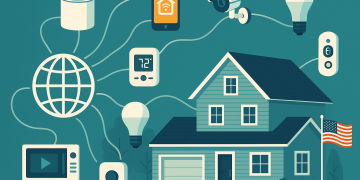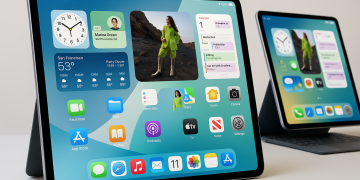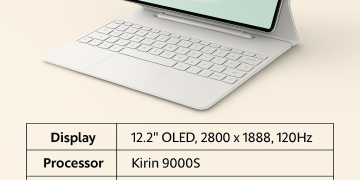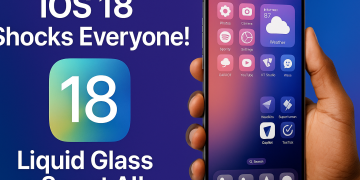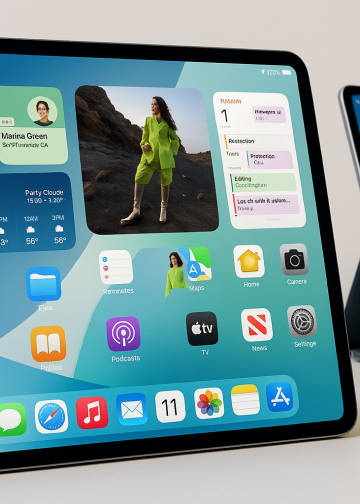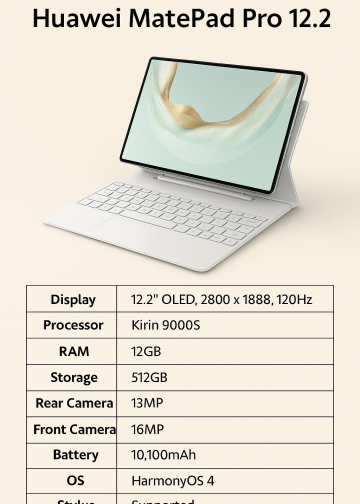Introduction: The Work-Life Balance Dilemma
If you’re like most professionals in the United States, you know the feeling: endless emails, a calendar packed with meetings, and the constant push to do more. The American work culture is famous (and sometimes infamous) for its go-getter attitude, but it can also make achieving work-life balance USA feel impossible. With remote work, side hustles, and digital technology blurring boundaries, the challenge is bigger than ever.
So how can busy professionals stay productive without burning out? This comprehensive guide brings together the best lifestyle tips for professionals, effective stress management techniques, and real-world strategies to help you thrive both at work and in life.
1. Understanding Work-Life Balance in America
The Reality Check
Despite growing awareness, the USA still lags behind other developed countries in work-life balance.
- Americans work longer hours, take fewer vacation days, and are more likely to bring work home.
- The “hustle culture” often glorifies overwork and exhaustion as a badge of honor.
Why Balance Matters
- Chronic stress leads to burnout, health problems, and lower productivity.
- Balanced professionals report higher satisfaction, better relationships, and greater long-term success.
2. Setting Clear Boundaries Between Work and Life
The Power of “No”
- Learn to say no to non-essential tasks or extra hours.
- Prioritize the most important projects and delegate when possible.
Define Your Work Hours
- Set a consistent start and end time, especially if working from home.
- Communicate boundaries to your team (e.g., “I’m offline after 6 PM”).
Physical Separation
- If possible, create a dedicated workspace at home.
- Close your laptop and leave your workspace at the end of the day to “mentally commute.”
3. Smart Time Management for Busy Professionals
Prioritize Ruthlessly
- Use the Eisenhower Matrix to identify urgent vs. important tasks.
- Schedule the most important work during your peak energy hours.
Batch Similar Tasks
- Group emails, meetings, or administrative work to avoid constant task-switching.
- Try the “Pomodoro Technique”: 25 minutes focused work, 5-minute break.
Use Technology Wisely
- Calendar apps, to-do lists, and time trackers can boost productivity.
- But beware: constant notifications create “always-on” stress—turn off alerts when possible.
4. Stress Management: Coping with Pressure
Recognize the Signs
- Chronic headaches, fatigue, trouble sleeping, and irritability can signal burnout.
- Don’t ignore stress—address it early.
Healthy Stress Relief Habits
- Practice deep breathing, meditation, or mindfulness apps.
- Take short movement breaks: walk, stretch, or do light exercise.
- Stay connected—talk to friends, mentors, or a therapist if you need support.
The Role of Humor
Laughter really is medicine! Take breaks to watch a funny video, share a joke, or just enjoy a lighthearted chat with colleagues.
5. The Power of Breaks and Downtime
Why Breaks Boost Productivity
- Research shows that regular breaks actually increase focus, creativity, and output.
- Aim for short “microbreaks” every hour, plus a real lunch break away from your desk.
Vacation Without Guilt
- Don’t leave vacation days unused—plan regular time off and truly disconnect.
- Use personal days to rest and recharge, not just to run errands.
6. Lifestyle Tips for Professionals: Healthy Routines
Morning Rituals for Success
- Start with a positive routine: exercise, journaling, or reading.
- Avoid checking work email first thing—protect your mental space.
Nutrition and Hydration
- Pack healthy snacks and meals for the office or home.
- Drink plenty of water; limit caffeine and sugar.
Get Enough Sleep
- Prioritize 7-8 hours of rest, even during busy seasons.
- Quality sleep improves decision-making and mood.
7. Mastering Remote Work: New Balance, New Challenges
Set Digital Boundaries
- Use work profiles on your devices, or separate work/personal apps.
- Log off completely at the end of the day—don’t let your home become a 24/7 office.
Communicate Expectations
- Set clear work hours and let your team know when you’re available (and when you’re not).
- Use “do not disturb” features and calendar blocks for focus time.
Move Your Body
- Schedule “commute time” as a walk around the block.
- Stand up, stretch, or do a few exercises between Zoom calls.
8. Family, Social Life, and Hobbies: Make Time for What Matters
Schedule Non-Work Activities
- Put family dinners, exercise, and hobbies on your calendar like meetings.
- Protect these blocks from work interruptions.
Strengthen Relationships
- Make time for friends, even if it’s a short coffee break or video call.
- Share your goals for work-life balance with loved ones—they can help you stay accountable.
Rediscover Passions
- Explore creative outlets, sports, or volunteering to recharge outside of work.
9. American Work Culture: Shifting the Conversation
Breaking the “Always Busy” Myth
- More companies are encouraging wellness days, flexible hours, and mental health support.
- Employees who model balance inspire positive change in their teams.
Advocate for Change
- Ask for flexible schedules, remote options, or wellness resources.
- Support colleagues in setting boundaries—lead by example.
10. Table: Quick Tips for Better Work-Life Balance
| Tip | Why It Works | How to Implement |
|---|---|---|
| Set work hours | Reduces overwork and burnout | Use calendar blocks for start/end |
| Take real lunch breaks | Boosts energy and focus | Leave your desk for at least 30 mins |
| Limit notifications | Reduces distraction and stress | Silence non-urgent alerts |
| Schedule personal time | Ensures rest and fun | Calendar gym, hobbies, or family time |
| Use vacation days | Prevents burnout, improves health | Plan and book time off in advance |
| Practice mindfulness | Improves stress management | 5-min daily breathing/meditation |
| Delegate tasks | Frees time for important work/life | Assign or outsource when possible |
| Communicate boundaries | Sets expectations for others | Email auto-responders or status msgs |
| Move daily | Boosts mood, health, productivity | Walk or stretch every hour |
| Ask for help | Prevents overwhelm | Reach out to team, friends, or mentors |
11. The Role of Employers: Fostering a Balanced Culture
Forward-Thinking Companies
- Google, Salesforce, and other industry leaders now offer remote options, mental health days, and family leave.
- Small businesses can encourage breaks, flexible hours, and team-building.
How to Talk to Your Boss
- Be honest about your needs—use data to show how balance increases productivity.
- Suggest trial periods for flexible arrangements.
Employee Wellness Programs
- Use resources like Employee Assistance Programs (EAPs), fitness stipends, or mental health workshops.
12. Long-Term Benefits of Work-Life Balance
- Lower risk of chronic health conditions (heart disease, anxiety, depression)
- Greater satisfaction and happiness in work and life
- Stronger relationships with colleagues, friends, and family
- More creativity, innovation, and productivity
13. American Lifestyle Trends: The Future of Balance
Work-life balance USA is slowly but surely improving, thanks to:
- Advances in technology for remote/flexible work
- Cultural shifts toward valuing well-being over busyness
- A new generation of workers who demand more balance and meaning from their jobs
Expect more focus on well-being, autonomy, and creative freedom as American lifestyle trends evolve.
Conclusion: Redefining Success, One Day at a Time
True work-life balance isn’t about perfection—it’s about making space for what matters most, both in your career and in your life.
By using practical strategies for stress management, setting boundaries, and embracing new lifestyle tips for professionals, you can thrive—not just survive—in the busy world of American work culture.
Remember: Productivity is important, but so is joy, rest, and connection.
Start with one change today—your future self will thank you.
Alt text for images:
A modern American professional balancing remote work at a tidy home office, enjoying time outdoors with family, and relaxing with hobbies—showcasing work-life balance in the USA.
External Links:
- CDC – Work-Life Balance Tips
- American Psychological Association – Stress Management
- Mayo Clinic – Job Burnout
- Harvard Business Review – Work-Life Balance
- Forbes – Productivity & Well-Being












